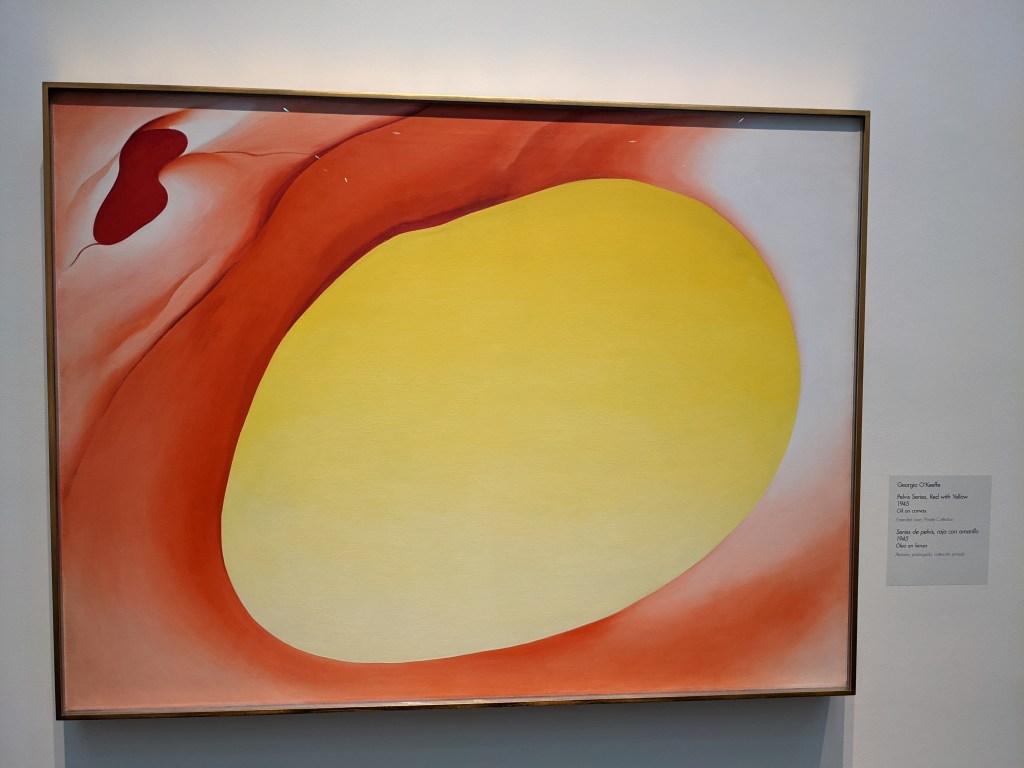“Why do many difficult situations happen to good [people]?” (Seneca: Selected Dialogues and Consolations by Peter J. Anderson, page 2)
In On Providence, Seneca raises questions about hard things and answers with examples. Hard things apparently aren’t difficult: you’re just thinking about them wrong. These things are actually tests of endurance. Furthermore, these are actually necessary to become good and virtuous. Those who rise into the highest level of virtue become role models for others.
“A person can’t be a great role model without enduring misfortune.” (Anderson, 6)
Book knowledge does not produce virtue. One must perform actions of endurance through tough circumstances to gain virtue.
Seneca provides examples of role models who acted with virtue and endurance in the face of bad fortune. In fact, Fortune “used fire against Mucius, poverty against Fabricius, exile against Rutilius, torture against Regulus, poison against Socrates, and death against Cato.” (Anderson, 6). But all these people gained virtue through these tests.
According to Seneca, endurance tests are best when they are physical, rather than purely intellectual. Virtue comes through the pain of fire and torture, and the hunger from poverty and exile. But why? We could examine Seneca’s example of Socrates to discover more.

Socrates is known for his dialectic and rhetoric expertise. We imagine Socrates taking action by conversing with others, pressing them to examine their assumptions, and driving for truth. But Seneca highlights virtue through Socrates willingly drinking poison to uphold his beliefs after being convicted of treason. Socrates had the option to concede his beliefs, stay alive, and go into exile instead of drinking the poison. But, Socrates chose to uphold his beliefs and drink the poison. So, this physical act killed him. But instead of pitying Socrates for his misfortune and bad treatment, “we ought to envy him” because he endured the ultimate test of death, “happy and willing.” (Anderson, 6).
And maybe that’s the point: death. The best kind of endurance tests have a risk or guarantee of death.
It’s important to note that killing or hurting oneself for that sake alone is not virtuous. Pain for the sake of pain itself is not useful. Rather, fighting for something and facing a physical test with risk of death will produce growth along the path to virtue.
Boxers go through pain to break their bones so that the bones will grow back stronger. Hikers ascend higher and higher summits to maximize their potential and represent the best of humanity. The wounded soldier receives the highest military honor because they faced hardship. Socrates willingly drank the poison to show that “truth without life” is better than “life without truth.”
This reminds me of the Book of Job. Although this story is up to interpretation, one point is the inevitably of difficult things happening. We can react with rebellion or acceptance when tough tests happen. However, the best of us seek out these tests to grow into virtue. The question is: who is Job? Is he the force of rebellion or the force of acceptance in the face of difficulty?



